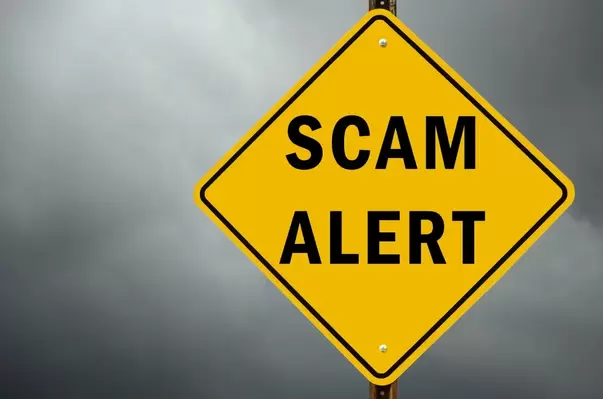Scams |
How to avoid losing money from online scams
|
Scamsters, like those behind Circle Tickets – the bogus site selling Taylor Swift tickets – are getting smarter than ever.
Some of the most careful online shoppers are sometimes going to find it hard to spot the signs that a site is run by fraudsters. Even so, there are several warning signs and precautions you can take to avoid getting ripped off. Here are FIVE... If you do get scammed online, here's how to get your money back. 1. Know who you’re dealing with Eeasier said than done, perhaps, but this is the place to start. Many of the people who bought concert tickets from Circle Tickets checked out reviews of the company, which is the first thing to do if you don’t know the site. The scammers had planned for that, though, and scattered fake ones online. Especially look for reviews on third party sites, rather than testimonials on the site of the company you're dealing with. For example, have they had any complaints on A Spokesman Said? This, again, is not foolproof, but it’s a first line of defence. Some sites will give themselves away by looking like they’ve been thrown together by amateurs. They may have spelling or grammatical errors. If they do, treat them with caution. Definitely do several searches for information about the company itself, rather than just looking for reviews. If in doubt, check out the registered address. is the company known there, is there a phone number? Are there name to go with phone numbers. Is this company registered at Companies House? Do they have a VAT number? 2. What’s the offer? If it’s amazing, be suspicious. If it’s too good to be true, it probably is! |
|
|
3. Trust your instincts
These days we are all aware of bogus emails, often sent with a suspicious attachment. Because of this we are all becoming increasingly experienced at developing a feel for when things aren’t right. It might not be scientific, but, if you have a hunch something is not as it should be, don’t brush it aside. You may well be right. 4. Pay safely Never send bank account details, sort codes or other personal financial details by text or email. Reputable sites will show an address for payment that begins with https:// (remember the S for security), and there will be a padlock symbol by the address bar or in the bottom corner of the page. This shows the information you are entering is encrypted and these days this kind of security should be standard. 5. Pay with credit If you have not dealt with a site previously, and you have even the slightest doubt about it, be extremely wary of how you pay. Never use a debit card, which effectively sends cash straight from your account to the website’s. You should always use third parties to pay, like credit cards or Pay Pal. This way, if there’s a dispute, you can at least take matters up with the third party rather than being left alone to fight your case. You also have some very important inbuilt protection on anything you buy that costs more than £100 (up to £30,000) if you use a credit card. Section 75 of the Consumer Credit Act makes the credit card provider 'jointly and severally' responsible for your purchase. Section 75 is fairly complex, but it does mean that if there’s a problem with your purchase or your goods or service isn’t provided, you can claim the money from your credit card provider. To make a claim, contact the credit card provider in writing and explain you have been unable to resolve the problem with the business and that you wish to make a claim for a refund under the Section 75 of the Consumer Act. Good luck to you! |
|

